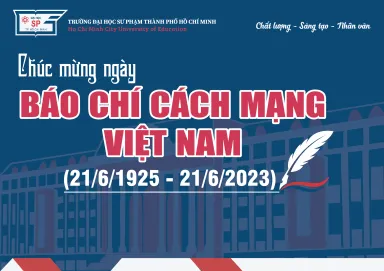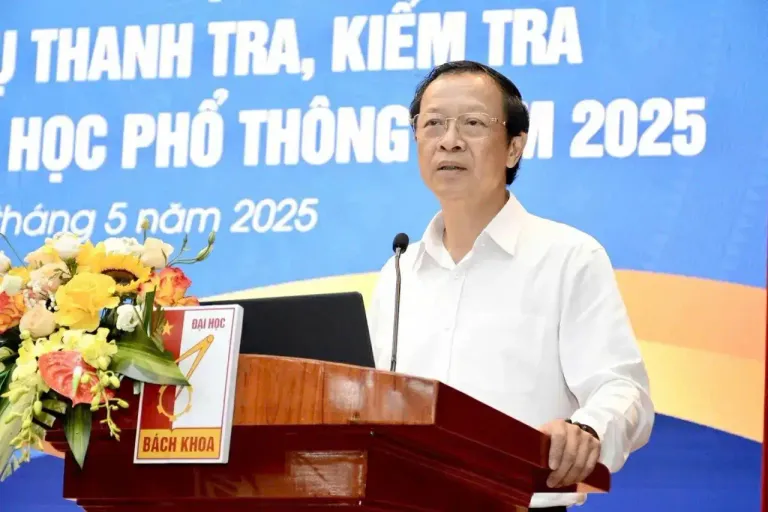22/03/2025
Ministry of Education and Training announces official University Admission Regulations for 2025: Early admission canceled, score conversion standardized
On March 21, the Ministry of Education and Training (MOET) officially announced the 2025 university admission regulations, introducing several important changes. Notably, the Ministry has abolished early admission, moving away from the previous proposal that limited it to a maximum of 20% of total enrollment.
Key Update: Early admission canceled
Starting in 2025, all universities will no longer be allowed to implement early admission. All admission methods must now convert scores to a common scale, following principles issued by MOET.
According to the Ministry, these adjustments are intended to enhance transparency, fairness, and overall quality in the university admissions process.
The decision is based on recent years' data, which show that early admission has prolonged the admission season, required students to request and send academic transcripts to multiple institutions—resulting in increased costs and inefficiency. Many institutions admitted large numbers of students early, but actual enrollment remained low, reflecting the ineffectiveness of this method.
 Representatives from Hung Vuong University of Ho Chi Minh City (DHV) participated in the 2025 University Admission and Career Orientation Fair
Representatives from Hung Vuong University of Ho Chi Minh City (DHV) participated in the 2025 University Admission and Career Orientation Fair
Furthermore, when institutions based early admission on incomplete academic records (such as only the first 1–5 semesters of high school), it distracted students from focusing on their final exams, potentially affecting their performance in the national high school graduation exam and their university readiness.
From 2025 onwards, any admission method using high school academic performance must consider the full academic record of Grade 12, and the weight of Grade 12 results must contribute no less than 25% to the final admission score.
Score conversion across all admission methods
Under the new regulations, institutions using multiple admission methods must clearly state how they convert different admission criteria to a unified scoring system, as guided by MOET.
This means universities are no longer required to allocate separate quotas for each admission method. It also avoids the issues of large score discrepancies between methods—such as situations where admission based on academic records requires much lower scores than admission based on national exam results.
To ensure transparency, institutions must publicly disclose their score conversion rules no later than the date they announce their minimum entry requirements.
Additionally, the process has been simplified for students: they no longer need to select specific admission codes or subject combinations. Instead, they only need to choose their preferred program, major/group of majors, and university. The national online admission system will automatically select the method that yields the highest score for each student.
The 2025 cohort is the first group to graduate under the new 2018 national education curriculum. Accordingly, the national high school graduation exam will also change, offering students more elective subjects.
To ensure equal opportunities for students from different regions, the regulations no longer limit the number of subject combinations per major (as previously proposed to a maximum of four). Students can now apply with an unlimited number of subject combinations.
However, to maintain academic standards, each combination must include at least three appropriate subjects, and must contain either Mathematics or Literature, with a minimum weight of 25%. From 2026 onwards, the common subjects in each combination must contribute at least 50% of the total score.
To avoid unfair advantages from excessive priority points, the new regulations cap the total bonus points at 10% of the maximum possible score. For instance, on a 30-point scale, the maximum bonus is 3 points.
Training institutions may still apply additional bonus criteria based on their specific needs, such as unique admission requirements or to maximize individual student strengths.
Importantly, no student’s total score, including all types of bonus points, can exceed the maximum score of the chosen scale—ensuring a fair playing field for all applicants.





























